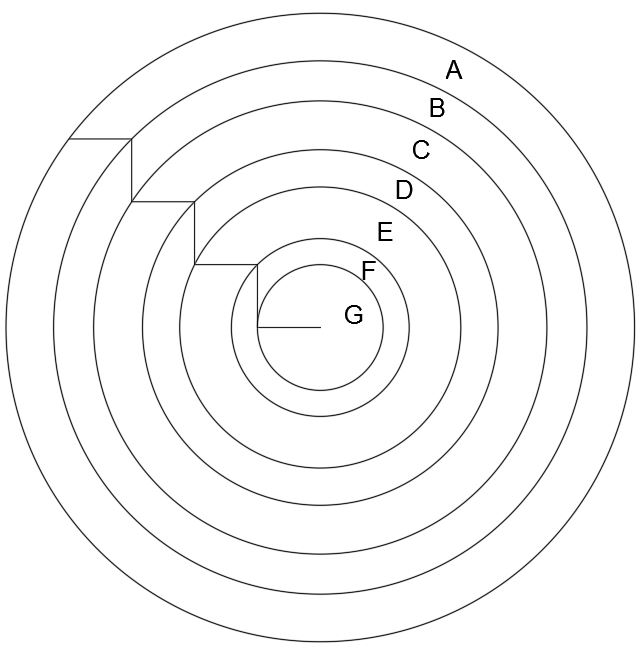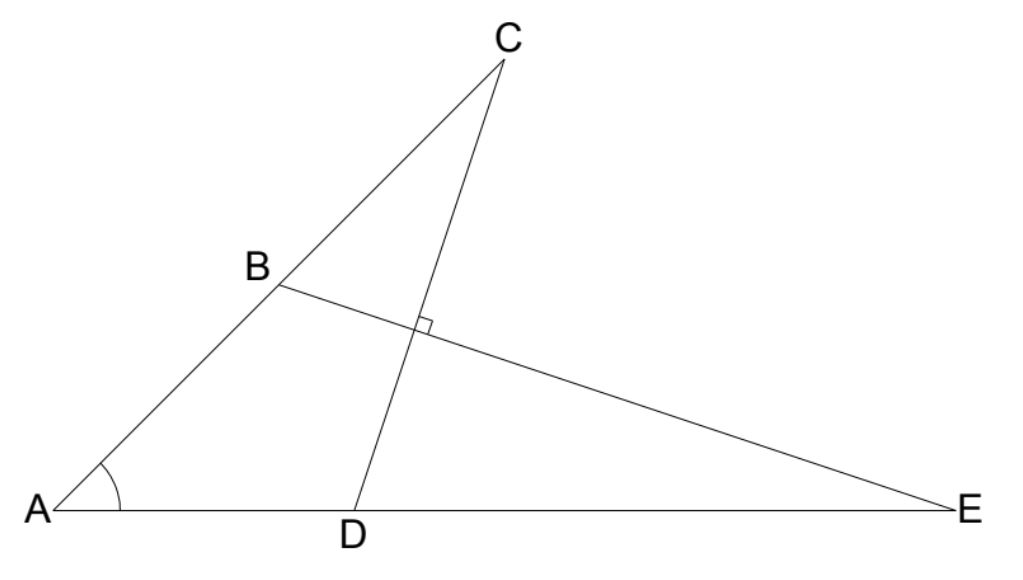Here’s something a little different for you this week. This is a game I invented which you can play on your own or against others. All you need is a bag of tiles from a standard Scrabble set. Randomly draw out ten tiles and arrange them in a triangle. This is the first frame of the game of ten-pin bowling. If you can form a ten-letter word, you have scored a strike. If you can form two words using each of the ten letters exactly once each, this is a spare. If you can do neither, try to use as many letters as possible in at most two words. Scoring is exactly the same as for ten-pin bowling. Continue for all ten frames (there are 100 letters in a scrabble set), and then tot up your score.
If you’re not familiar with the scoring system of ten-pin bowling I’ll briefly explain: you get points for each word, equal to how many letters in the word. In addition, if you get a spare (use all letters in one frame using two words), you get bonus points equal to the next word you score.
If you get a strike (a ten letter word), you get bonus points equal to the next two words you score.
If you only get one word in a frame, and it's not a strike, then for the purposes of bonus points, you get a zero length word too.
In real tenpin bowling, if you get a strike or a spare on the tenth frame, you get an eleventh frame to determine your bonus points, and if you were lucky enough to get a strike on the tenth and eleventh frames, you would get a twelfth frame.
In this game, there are no eleventh and twelfth frame, so to determine any bonus points you are entitled to after the tenth frame, look back at the words you scored in the first and second frames.
So that’s the general outline of the game. For the purposes of this Puzzle of the Week I’ve randomly generated a complete game. Try to resist using solving tools as it takes the fun out of it, and see what the highest score you can achieve by only spending a minute on each frame.








